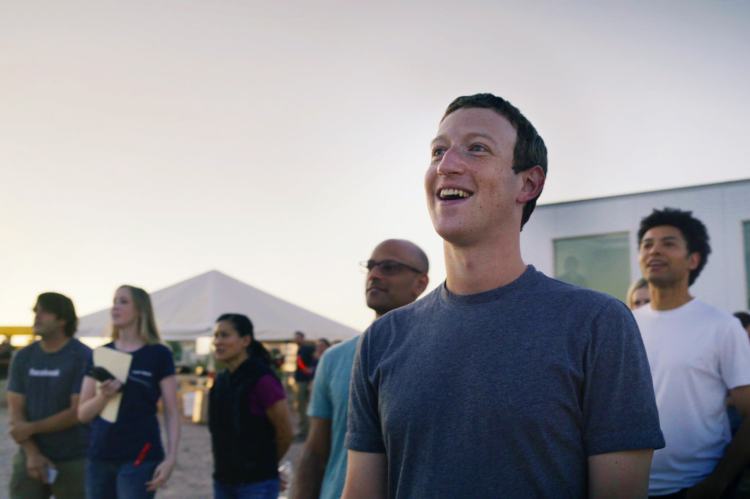Nobody can engage users at a global scale like Facebook. Not only did Facebook’s monthly active users top 2 billion last quarter, the company also said that Instagram Stories and WhatsApp Stories — two Snapchat-killers in its portfolio — each have 250 million daily active users. WhatsApp itself has 1 billion daily users.
Yet Facebook is throttling back its monetization of all that user engagement. Or rather, it’s being deliberate about how it profits from that engagement on its core Facebook app — by limiting the number of ads in its news feed, and in follow-up acts like Instagram, Messenger, and WhatsApp. That has led to investor concerns about declining revenue growth.
Facebook said its revenue rose 44.8 percent to $9.32 billion in the second quarter on a surge in mobile advertising revenue. Mobile revenue, which made up 87 percent of the company’s total revenue, rose 84 percent from the same quarter a year ago. But Facebook had warned of a revenue slowdown as it tries to limit the number of ads in its users’ feeds. Revenue at the company grew by 49 percent in the first quarter of 2017. A year ago, Facebook’s second-quarter revenue grew by 59 percent.
That slower revenue growth from its core service has been offset by revenue from Instagram and could be helped in coming years by Messenger ads, which Facebook began introducing this month. Another plus: Reducing the supply of News Feed ads helped the unit pricing of its ads grow by 24 percent.
June 5th: The AI Audit in NYC
Join us next week in NYC to engage with top executive leaders, delving into strategies for auditing AI models to ensure fairness, optimal performance, and ethical compliance across diverse organizations. Secure your attendance for this exclusive invite-only event.
Further, the company trimmed its operating costs in the past quarter, boosting margins. The operating margin was 47 percent last quarter, up from 41 percent in the first quarter of 2017 and 42 percent in the year-ago quarter. Facebook’s profit rose 71 percent to $3.9 billion, or $1.32 a share. Both numbers came in ahead of Wall Street expectations. Analysts had been forecasting revenue of $9.2 billion and and earnings per share of $1.13. Profit growth was helped by a 33 percent rise in operating expenses, well below the pace of revenue growth.
The profit growth is also helping Facebook generate the kind of cash that Snap and other would-be competitors can only dream of. Operating cash flow improved to $5.4 billion from $3.7 billion a year ago. Facebook exited the quarter with $35.5 billion in cash and marketable securities.
In the second half of 2017, operational expenses are expected to grow closer to a 50-percent rate as the company spends on data centers, R&D, and new hiring. Facebook’s headcount rose year-over-year last quarter to 20,700.
On a call discussing the quarter’s earnings, several investors focused their questions on the advertising potential for Messenger. CEO Mark Zuckerberg responded that the company will try to move more quickly to make money from Messenger and WhatsApp. Of the two, Messenger is more likely to be tapped as a new source of ad revenue.
As analysts zeroed in on the Messenger revenue issue, Zuckerberg and COO Sheryl Sandberg walked back their earlier comments, pointing out that Facebook will be investing in Messenger for several more years, monetizing its ads slowly and deliberately. Users may be engaging with each other on Messenger, they said, but now the tasks are to deepen consumer-to-merchant interactions and improve the experience to strengthen overall engagement.
In other words, don’t look to Messenger to contribute to revenue growth anytime soon. “It’s early days, and it’s going to continue to be early days for a while,” Sandberg said.
“The pace of growth [for] the Messenger business, it’s a longer-term thing,” Zuckerberg added. “Over the next few years, the much bigger driver of the business and the determinant of how we do is going to be video, not Messenger.”
Earlier in the call, however, CFO David Wehner cautioned that ads on videos and Instagram don’t have the kind of impression growth that investors are accustomed to seeing on Facebook’s News Feed ads. “These products do not monetize at the same level as the News Feed,” he said.
Facebook’s stock, which closed the day up 0.2 percent, was trading as much as 4.5 percent higher in after-hours trading.

